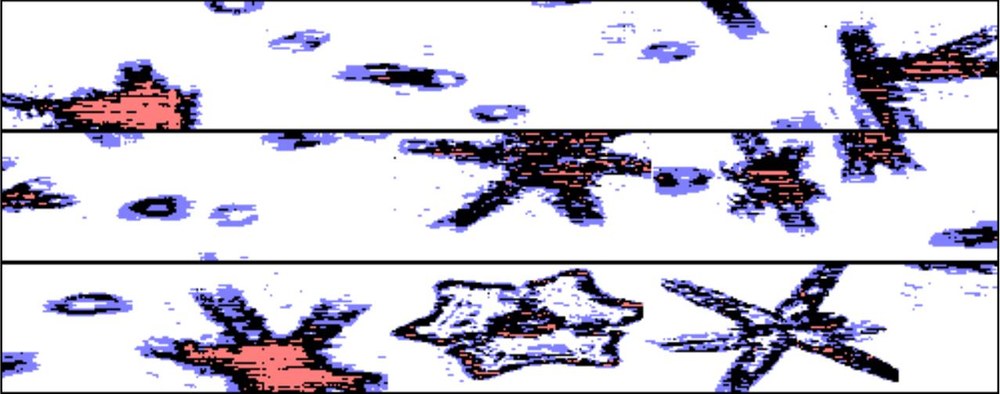DLR scientists back from the Arctic
Three scientists from the DLR Institute for Atmospheric Physics are back in Oberpfaffenhofen after 4.5 weeks in Longyearbyen, Svalbard. There they participated in an airborne campaign (AFLUX), which was led by the Alfred-Wegener Institute (AWI, Dr. Christof Lüpkes) and the University of Leipzig (Dr. André Ehrlich). The focus of the campaign was to investigate physical processes in the Arctic atmospheric boundary layer, particularly the interplay of clouds, sea ice, temperature, wind and solar and terrestrial radiation.
It was felt that the Arctic is the “Hot Spot” of global climate warming: during March/ April 2019, the average temperature was 6.5°C warmer than the average temperature during the same period in the reference years 1961 to 1990. This strong warming especially during winter months has been continuously observed in the Artic over the last 15 years. It is suspected that the decline of sea ice has an enhancing effect hereby. The effects of clouds on the Arctic climate highly depend on the clouds’ properties. Their simplified representation in current models leads to large uncertainties in regional and global weather and climate prediction.
14 research flights with the AWI Polar 5 were conducted in the scope of AFLUX. The Polar 5 is a Basler BT-67 which was adapted especially for missions in polar regions. During the first three weeks, several cold air outbreaks were sampled extensively over the closed sea ice, the marginal sea ice zone, and the open water. Low and midlevel mixed-phase clouds were sampled from above, below and in-situ with a broad range of scientific instruments: radar, lidar, radiometers, a 5-hole probe for turbulence measurements, drop sondes and the cloud probes of DLR and the Laboratoire de Météorologie Physique.
In the upcoming months, the DLR scientists will analyze the collected data on ice crystals and supercooled droplets in Arctic clouds and will investigate the influence of clouds on turbulence and radiation in this region together with their colleagues from the other participating universities and institutions from Germany and France. Furthermore, they are already preparing for the next huge Artic project: the coordinated research flights to the research vessel Polarstern during the 1 year lasting Arctic drift expedition MOSAiC.




